How To Soften Butter Quickly: 4 Easy Tricks
How To Soften Butter Quickly: 4 Easy Tricks
Have you ever been all set to start baking, only to realize your butter is still in the fridge, as hard as a rock? It’s a common scenario that can throw a wrench into your cooking plans.
We know that soft butter is key for creaming together ingredients seamlessly, whether you're making flaky pastries or perfect cookies. But don't worry—we're here to show you how to soften butter quickly so you can keep your cooking and baking projects on track without any fuss.
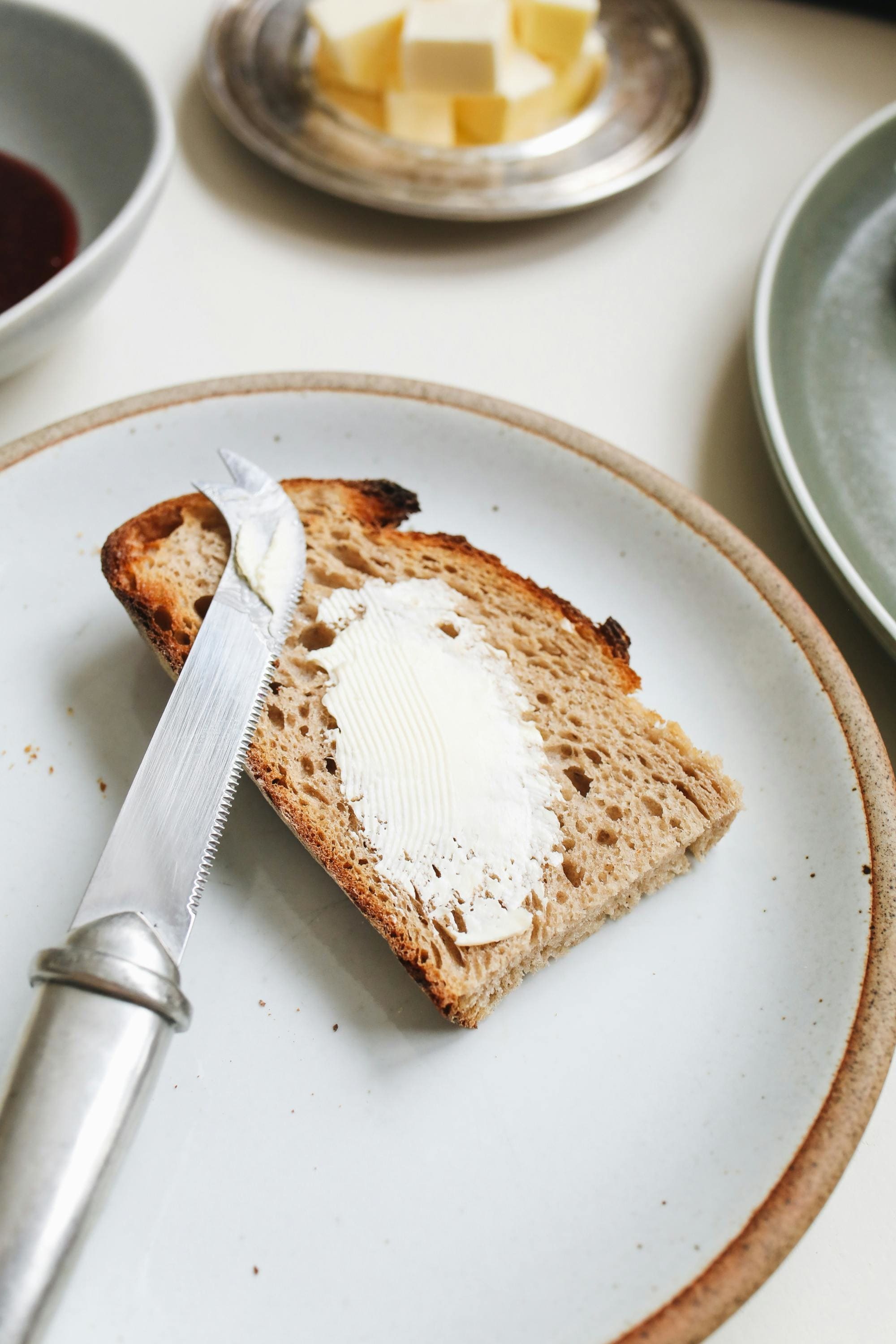
Why Is Soft Butter the Way To Go?
Before we roll up our sleeves and dive into softening hacks, let’s break down why hard butter can be a baker's nightmare.
- Creaming: Hard butter is tough to cream. Trying to beat cold butter into sugar? You’ll likely end up with a clumpy mess instead of the smooth, fluffy foundation needed for light and airy cakes or cookies.
- Texture: Using hard butter can lead to unevenly baked goods. The uneven distribution of fat creates pockets and leads to a less desirable texture, which is particularly noticeable in delicacies like cupcakes or scones.
- Spreading: Have you ever tried spreading cold butter on a fresh slice of bread? It’s a recipe for disaster, often resulting in shredded bread. Soft butter, on the other hand, spreads easily and preserves the integrity of your bread.
Simply put, hard butter can be a real pain, whether you’re trying to mix, bake, or simply spread it on your morning toast.
How Can I Soften Butter Quickly?

Step 1: Cut your stick of butter into small pieces or cubes to increase surface area, speeding up the softening process.
Step 2: Place the unwrapped stick of butter on a microwave-safe plate.
Step 3: Set your microwave to a low power level or use a defrost setting. Heat the butter in short increments of five to 10 seconds, checking the consistency between intervals until it’s perfectly soft.
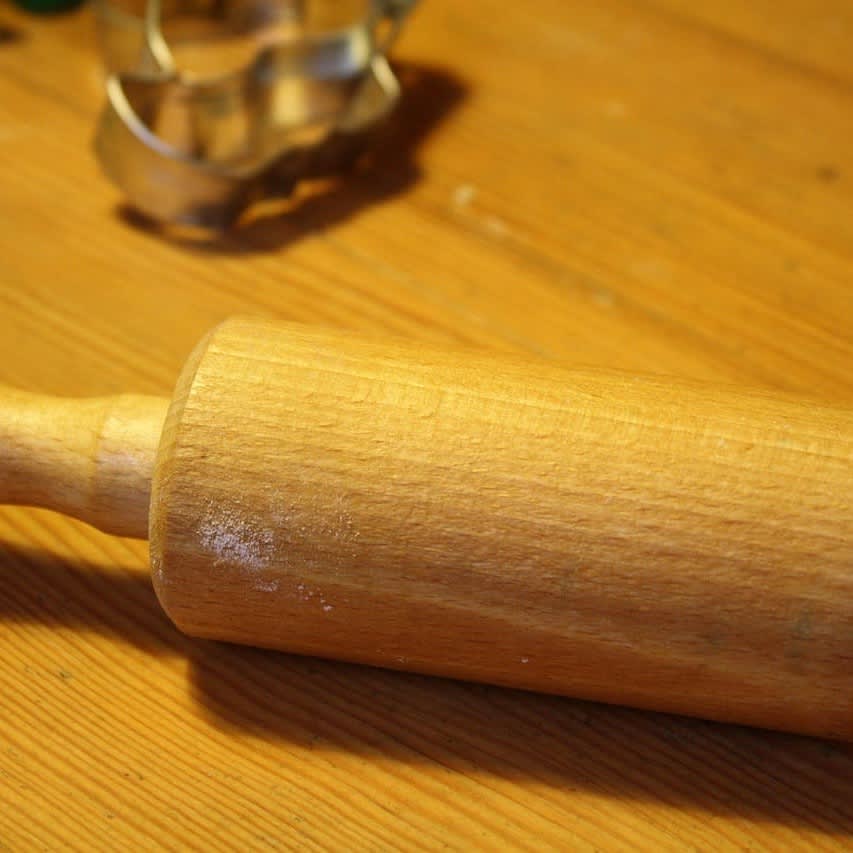
Step 1: Place the cold stick of butter between two pieces of parchment paper or wax paper.
Step 2: Use a rolling pin to gently flatten the butter. This method not only softens the butter but also makes it ideal for tasks like spreading or rolling out for pastry recipes.
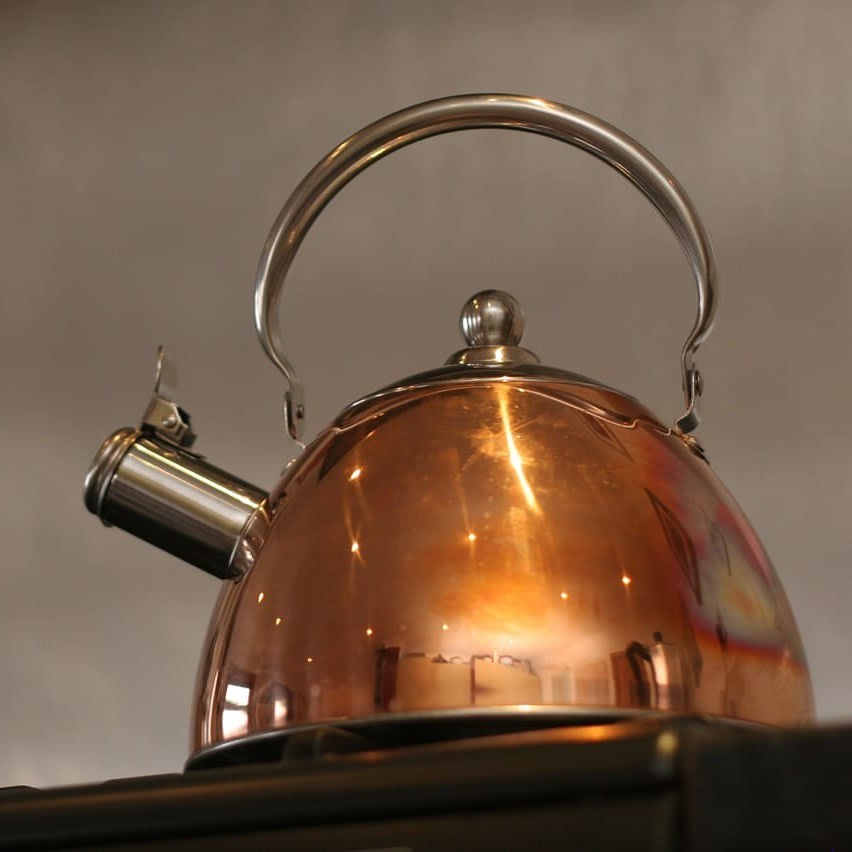
Step 1: Fill a measuring cup or a larger container with hot water and let it sit for a minute.
Step 2: Empty the hot water and invert the warm container over the stick of butter placed on a plate.
Step 3: The heat trapped inside the container will gently soften the butter without melting it, readying it for use in recipes like chocolate chip cookies or cheesecake.
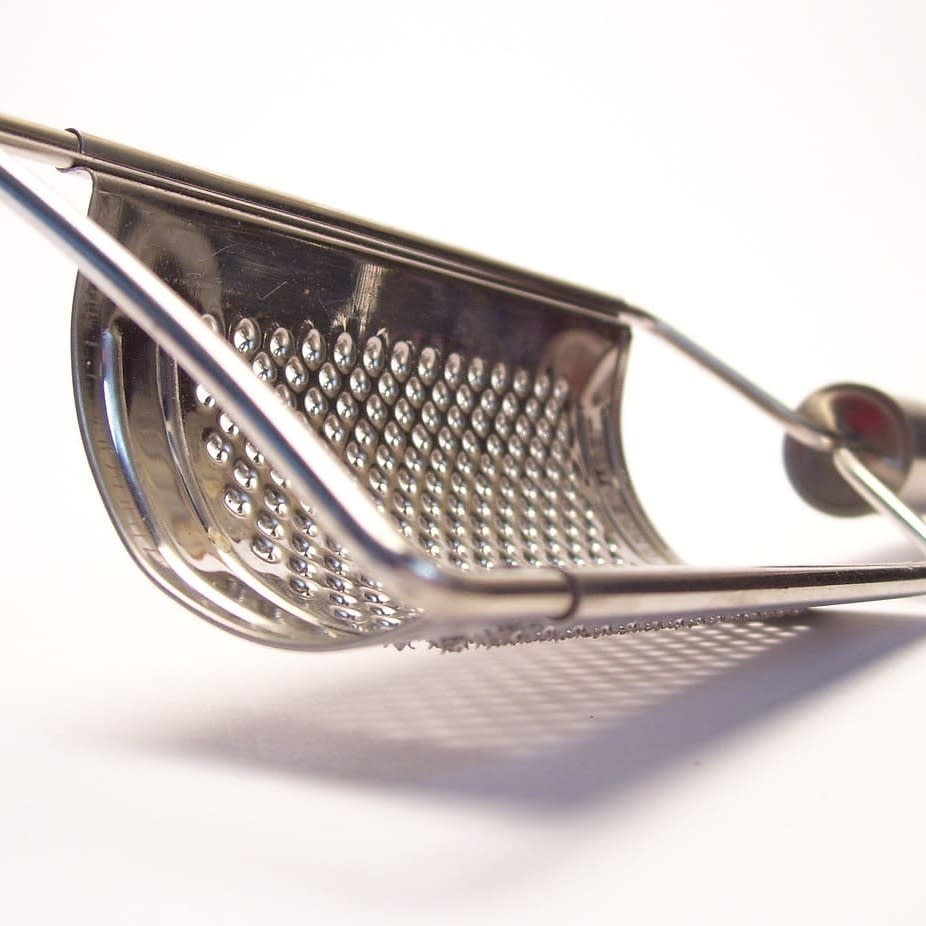
Step 1: Use a box grater to grate frozen or cold butter.
Step 2: The small shreds of butter will come to room temperature much faster than a whole stick, making it easy to mix into pie crusts or other baking recipes.
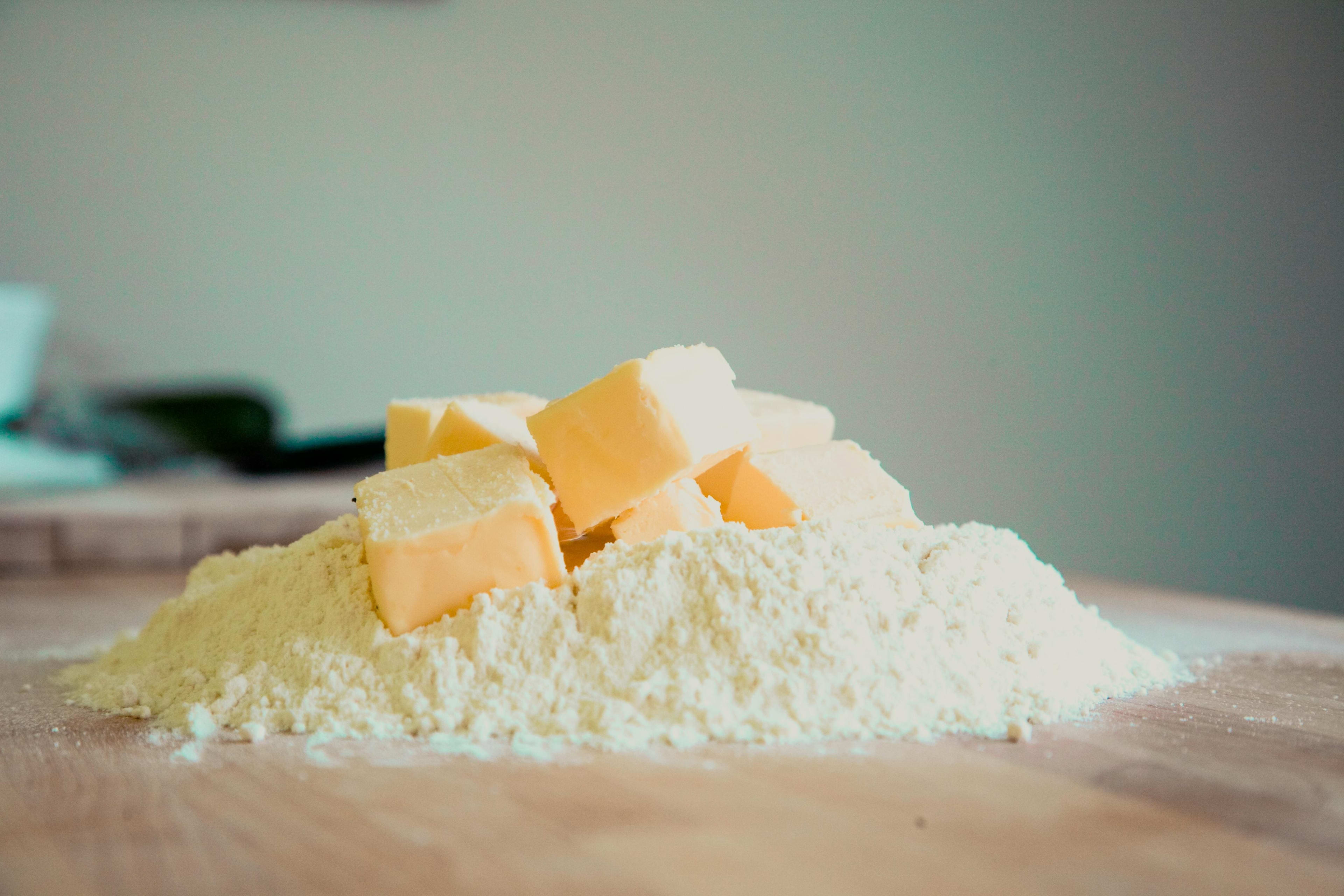
What Happens If You Skip Softening Your Butter?
We've just run through how to soften butter quickly, but what if you skip this step? Let’s be real—using hard butter straight from the fridge can throw a wrench in your baking game.
- Patchy baking results: Imagine creaming cold, hard butter with sugar. You’re likely to end up with a chunky mess, not the smooth, fluffy base you need for cakes and cookies. This means some parts of your baked goodies might be heavy and dense while others are light, making for a very uneven snack.
- Just plain annoying: Besides the baking blunders, working with hard butter is a pain. It’s tough to chop, it doesn’t measure well, and it can really slow you down in the kitchen.
Skipping the softening step isn’t the end of the world, but it sure makes baking harder than it needs to be. So, take those extra few minutes to soften your butter. Your recipes (and your arms) will thank you!
Pro Tips To Prevent Hard Butter Challenges
To avoid the last-minute scramble to soften butter, let’s talk about some pro tips for storing and managing your butter. A little foresight and the right tactics can ensure you have soft, spreadable butter whenever you need it.
Proper Storage
Keeping your butter at the ideal consistency starts with how you store it. For long-term storage, keep your butter in the freezer—it’ll stay fresh for months.
If you’re using it within a few weeks, the refrigerator works, but wrap it well to keep odors at bay. For immediate use, you can keep butter in a butter dish on the counter for a few days without any safety concerns.
Planning Ahead
One of the simplest ways to ensure you always have soft butter is to plan ahead. If you know you'll be baking or need spreadable butter for breakfast, take out what you need from the fridge and let it sit on the countertop the night before. This way, you’ll have perfectly soft butter ready to go.
Butter Dish Use
Using a butter dish not only keeps your butter at a handy spreadable consistency but also keeps it clean and hygienic. Butter dishes are designed to maintain the butter’s freshness while keeping out contaminants and absorbing flavors from other foods. Plus, we won’t deny it—they make charming additions to any kitchen or dining table.
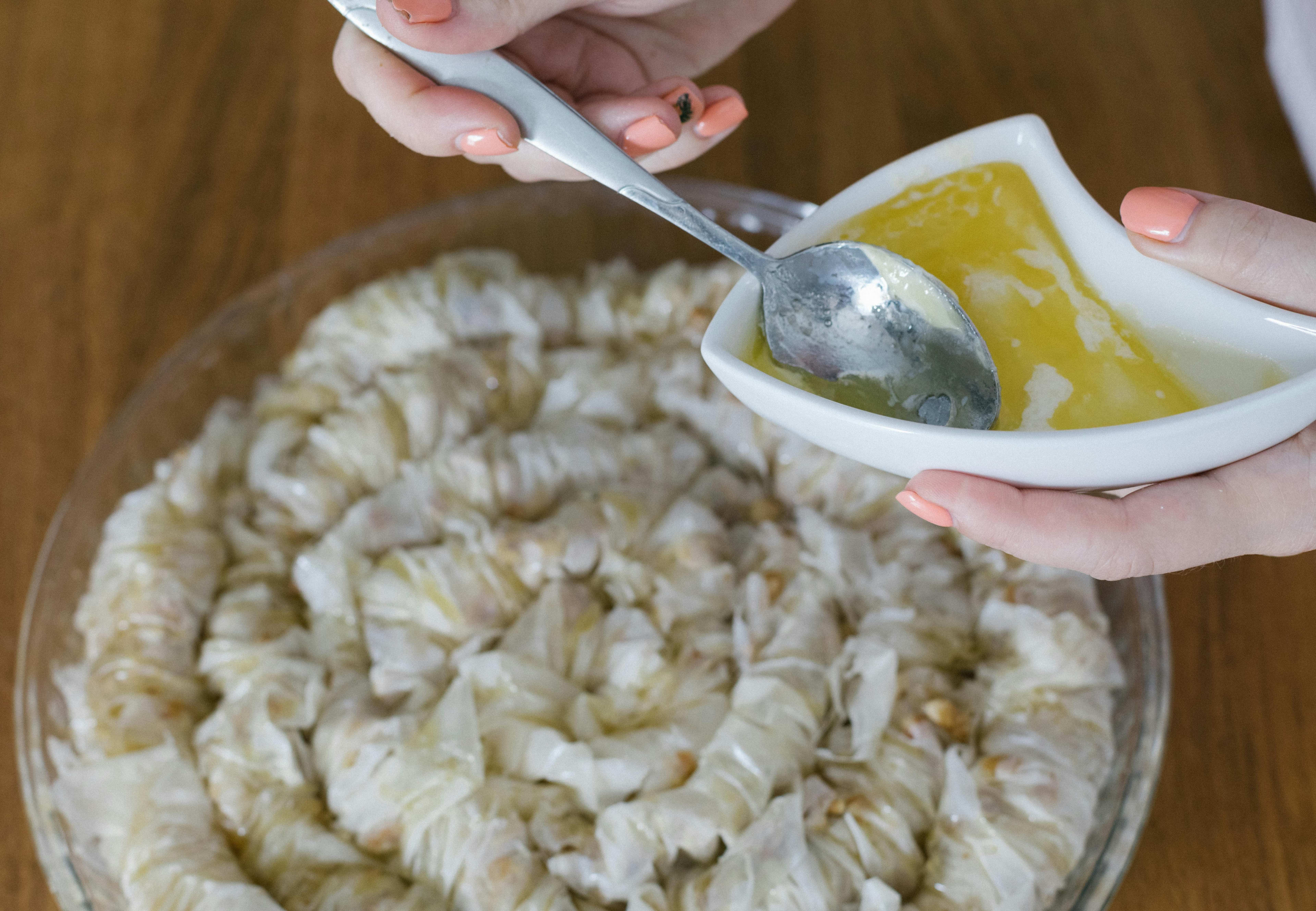
Is Softened Butter the Same as Melted Butter?
Softened butter isn’t just another way of saying “melted butter.” They might start out the same, but they bring totally different game plans to your cooking and baking.Softened butter is all about being flexible enough to blend smoothly. It’s perfect for when you want your cakes and cookies to rise to fluffy perfection because it creams together with sugar just right, trapping air that expands in the heat of the oven.
Melted butter is your go-to for the rich, chewy textures in brownies or denser pastries. It mixes right into your wet ingredients and brings a moist, heavy richness that softened butter can’t.
So, next time you're reading a recipe, take a pause on that butter step. Whether it tells you to soften or melt can make all the difference between a baking win and a kitchen oops.